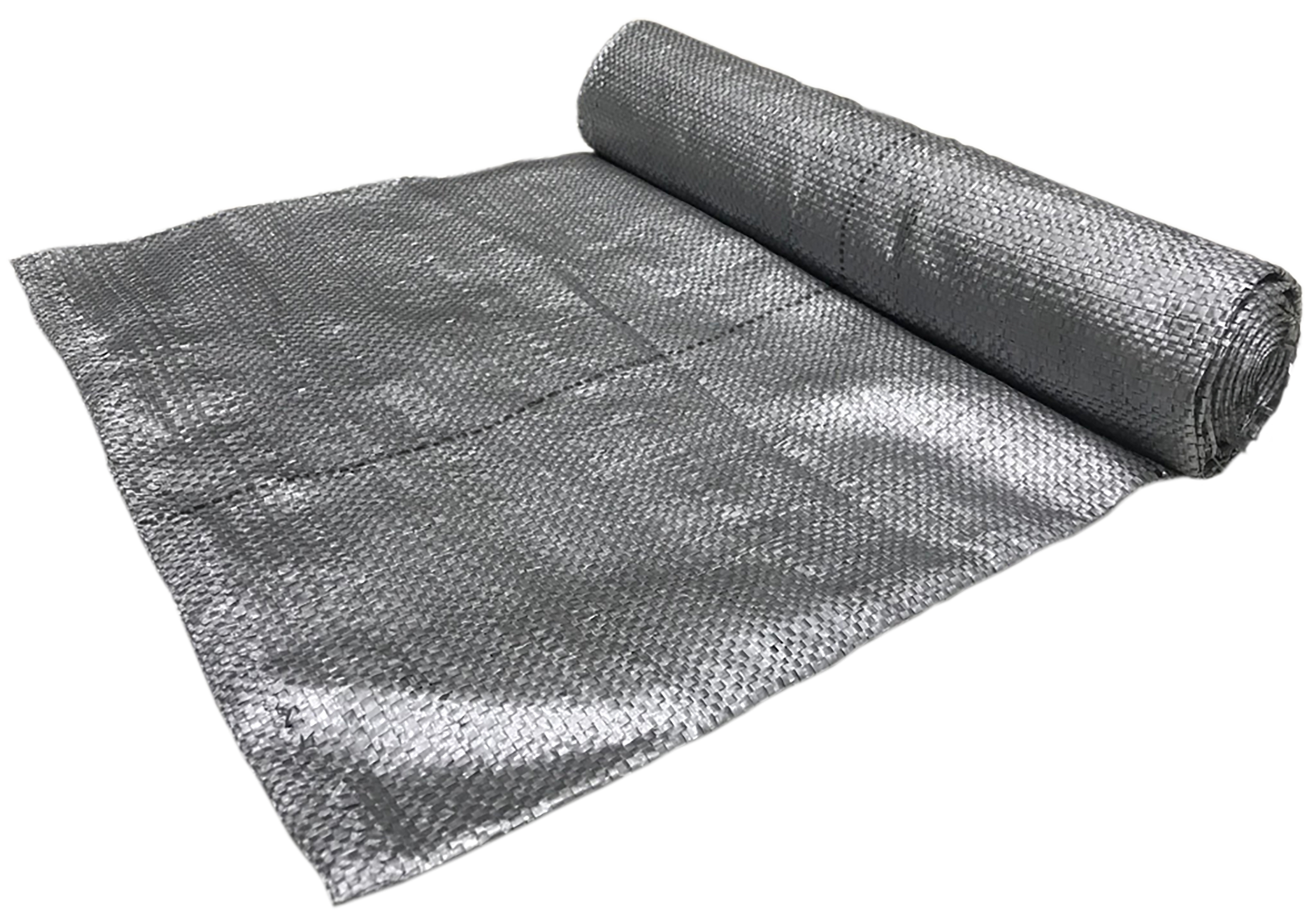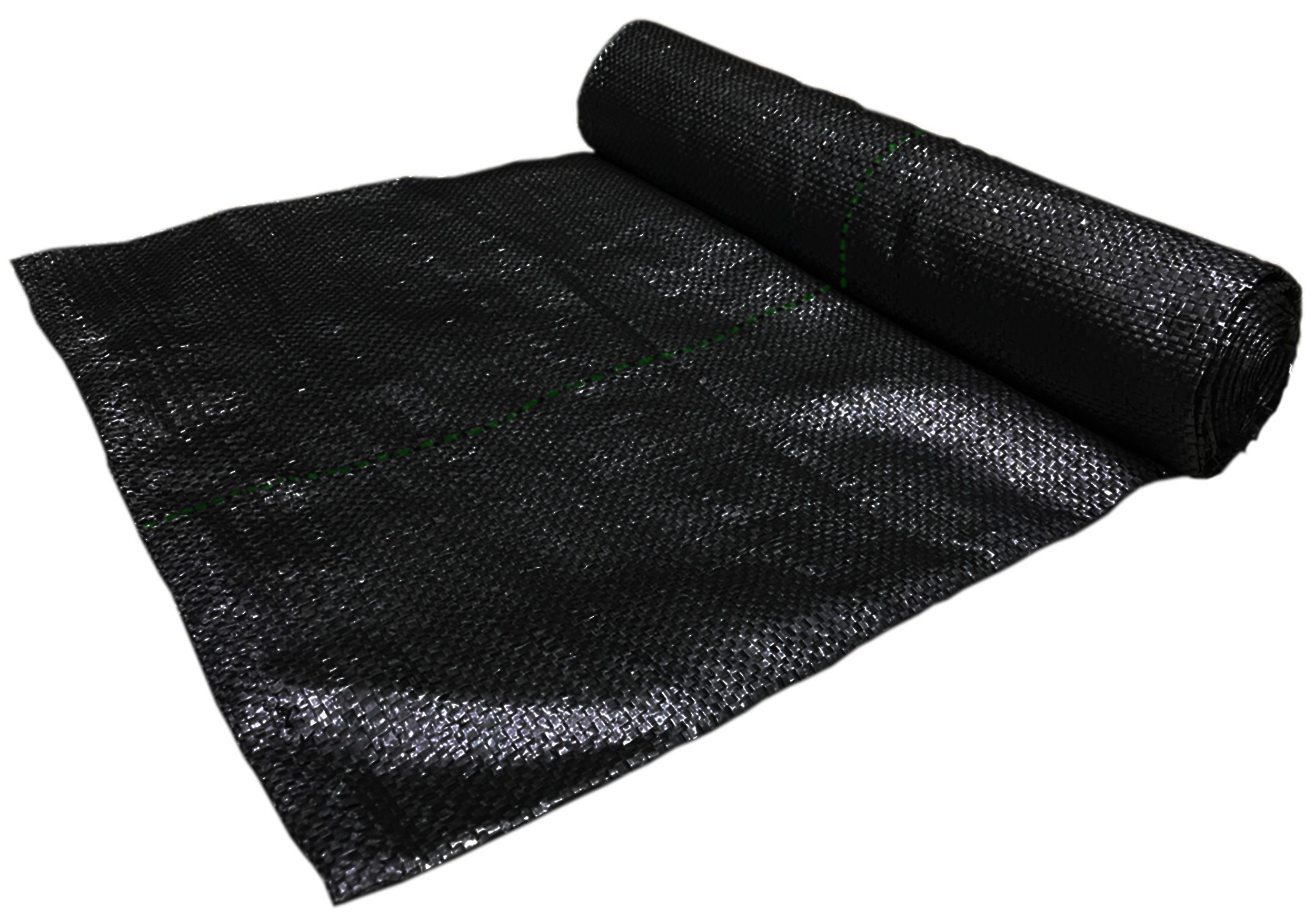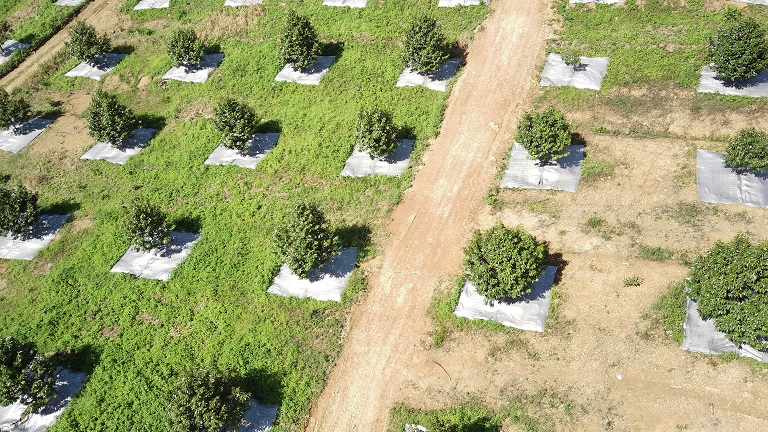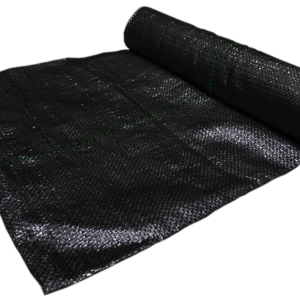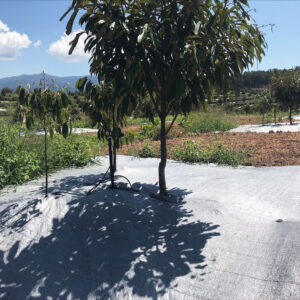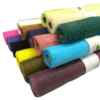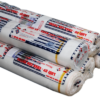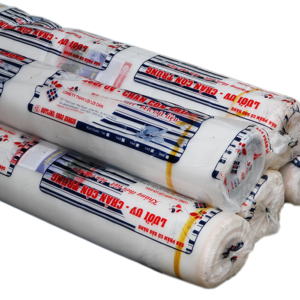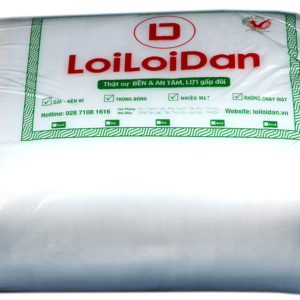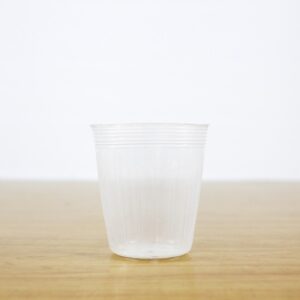Specifications
| Product Name | Ground covering, Anti-Weed Fabric |
| Material | Virgin HDPE with UV |
| Width | 0.9m, 1.8m, 3.6m |
| Length | 50m or as your require |
| Mesh Size | |
| Weight | |
| Color | white, Black or silver |
| Packing | Roll |
PRODUCT DESCRIPTION
DEFINITION
Anti-Weed Fabric is a type of material used to cover the soil surface, preventing weeds from growing and growing. Soil cover tarpaulins are often made from plastic, with many different types and colors, meeting the needs of diverse uses in agriculture.
ADVANTAGES ANDDISADVANTAGES:
Compared to traditional weed control methods such as manual labor and chemicals, Anti-Weed Fabric offer several outstanding advantages
- Advantage:
- Effectively controls weeds, preventing their growth from the roots.
- Protects the soil, retains moisture, prevents erosion, and reduces the occurrence of fungal diseases.
- Increases crop yield by promoting better plant growth.
- Reduces the need for herbicides, protecting the environment and human health.
- Saves time and effort in maintenance, reducing the need for tilling and weeding.
- Disadvantages:
-
- The initial investment is higher compared to other methods.
- The durability of the cover is limited; it may tear or become damaged after some use.
- It can affect soil temperature, potentially increasing it and impacting certain heat-sensitive plants.
- Difficulties in harvesting root crops; it may be necessary to cut the cover or create holes for harvesting.
CLASSIFY OF ANTI-WEED FABRIC
Anti-Weed Fabric are classified based on material, color, and function
- Black Tarps: The most common type, made from black HDPE plastic. It absorbs heat, retains moisture, and blocks light.
- Cream Tarps: Reflects light and is often used for growing shade-loving plants. The reflected light helps fruits and vegetables on the underside to have a more even color.
- Silver Tarps: Silver tarps offer higher light reflectivity than white tarps and serve a similar purpose to white tarps.
PRACTICAL APPLICATION
Anti-Weed Fabric are widely used in various cultivation fields. The basic principle is to prevent sunlight from reaching the weeds, thereby stopping them from photosynthesizing and producing carbohydrates. As a result, the weeds will turn yellow and die.
- Vegetable Cultivation: Anti-weed Fabric are commonly used to cover the soil in greenhouse vegetable gardens or to cover rows. These tarps usually have round holes cut throughout to allow space for the vegetables to grow.
- Fruit Cultivation: In the Central Highlands region, many growers use Anti-Weed Fabric for passion fruit cultivation. This method has become quite popular in recent years and is trusted by many growers.
- Other Cultivation Areas: Used for industrial crops such as coffee, pepper, and other similar crops.
GENERAL CHARACTERISTICS OF ANTI-WEED FABRIC:
- Abrasion resistant, chemical resistant (acid, alkali…).
- Anti-Weed Fabric is also mixed with anti-UV substances (found in sunlight) to increase longevity.
- Good drainage.
USES OF ANTI-WEED FABRIC
Anti-Weed Fabric are used to cover the surface of plant beds or the soil surface in order to:
- Weed Control: Anti-Weed Fabric prevents sunlight from reaching weed seeds, stopping them from germinating. At the same time, it inhibits the weeds within the greenhouse from photosynthesizing and producing nutrients, causing them to dry out and eventually die
- Limiting Harmful Insects: Most harmful insects lay their eggs in the soil, and under favorable conditions, these eggs can develop into pests. In addition to weed control, covering the soil can prevent these larvae from developing and emerging to damage crops.
- Moisture Regulation: Using weed control sheets helps prevent water evaporation during dry seasons and reduces runoff and soil erosion during rainy seasons.
- Fertilizer Retention: The cover prevents the evaporation of nitrogen fertilizers (Urea) and reduces leaching and runoff of fertilizers when watering or during heavy rains. Nutrient absorption (N, P, K, Ca, Mg) by plants is 1.4-1.5 times higher with the cover compared to bare soil, making fertilizers more effective for crops.
- Erosion Control: The cover prevents rainwater from directly contacting the soil, helping to reduce soil erosion.

